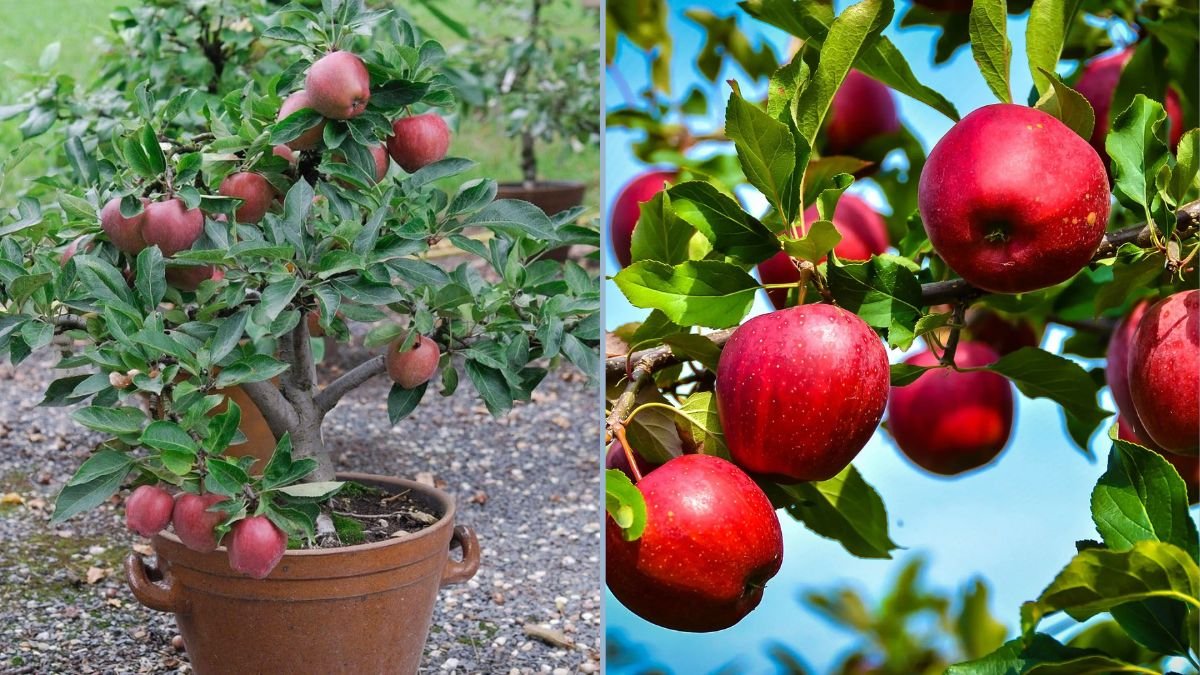Growing your own Rome apples in a kitchen garden is a rewarding experience, offering fresh, crisp fruit right at your fingertips. Known for their bright red color, mildly sweet flavor, and excellent baking qualities, Rome apples are perfect for pies, sauces, and fresh snacking. Whether you’re an experienced gardener or a beginner, planting Rome apple trees in your home garden is both practical and enjoyable.
In this guide, we’ll walk you through everything you need to know about selecting, planting, and caring for Rome apple trees, ensuring a productive and healthy harvest.
Why Plant Rome Apples?
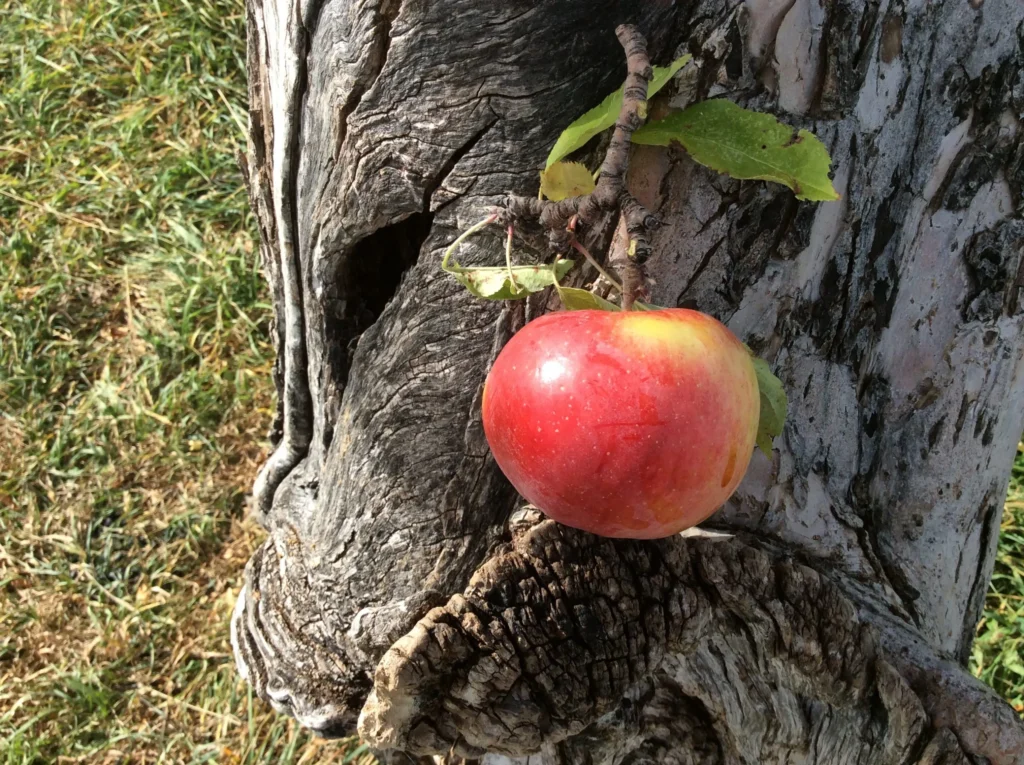
Rome apples, sometimes called Rome Beauty, are a classic choice for home gardens:
- Versatile Flavor: Mildly sweet with firm flesh, ideal for baking and fresh eating.
- Reliable Production: Known for consistent yield when cared for properly.
- Attractive Appearance: Bright red skin adds beauty to your kitchen garden.
- Durable Storage: Apples store well, allowing for longer enjoyment.
- Compact Growth Options: Suitable for dwarf and semi-dwarf varieties, perfect for smaller gardens.
Rome apples are a smart choice for a kitchen garden because they are easy to manage, reliable, and add both visual appeal and delicious fruit to your home.
Selecting the Right Rome Apple Tree
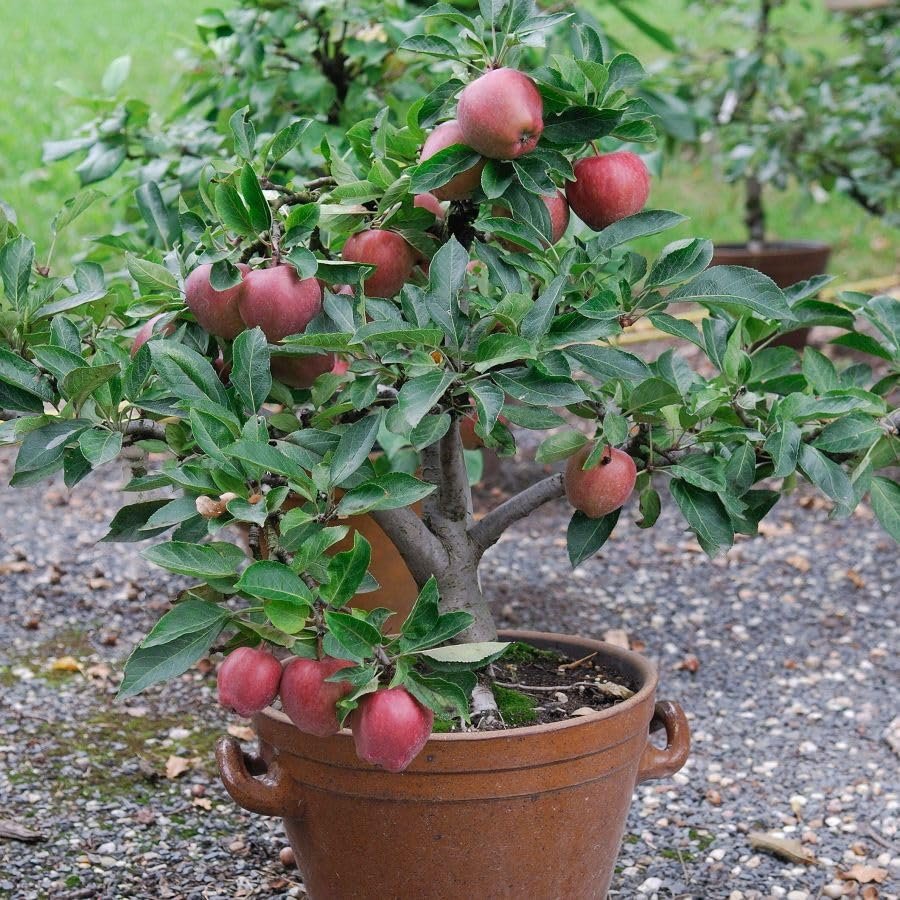
When choosing a tree for your kitchen garden, consider the following:
1. Tree Type
- Bare-Root Trees: Economical and sold during winter dormancy. Plant in early spring.
- Container-Grown Trees: Available year-round, reduce transplant shock, and easier to establish.
2. Rootstock
The rootstock affects tree size and adaptability:
- Dwarf Rootstock: 8–10 feet tall, ideal for small kitchen gardens or containers.
- Semi-Dwarf Rootstock: 12–15 feet tall, suitable for medium-sized garden spaces.
- Standard Rootstock: 18–25 feet tall, ideal for larger gardens or backyard orchards.
3. Pollination
Rome apples are partially self-fertile, but planting another apple variety nearby (e.g., Gala, Fuji, or Golden Delicious) improves fruit set and quality. Bees are essential for pollination.
Choosing the Perfect Planting Site
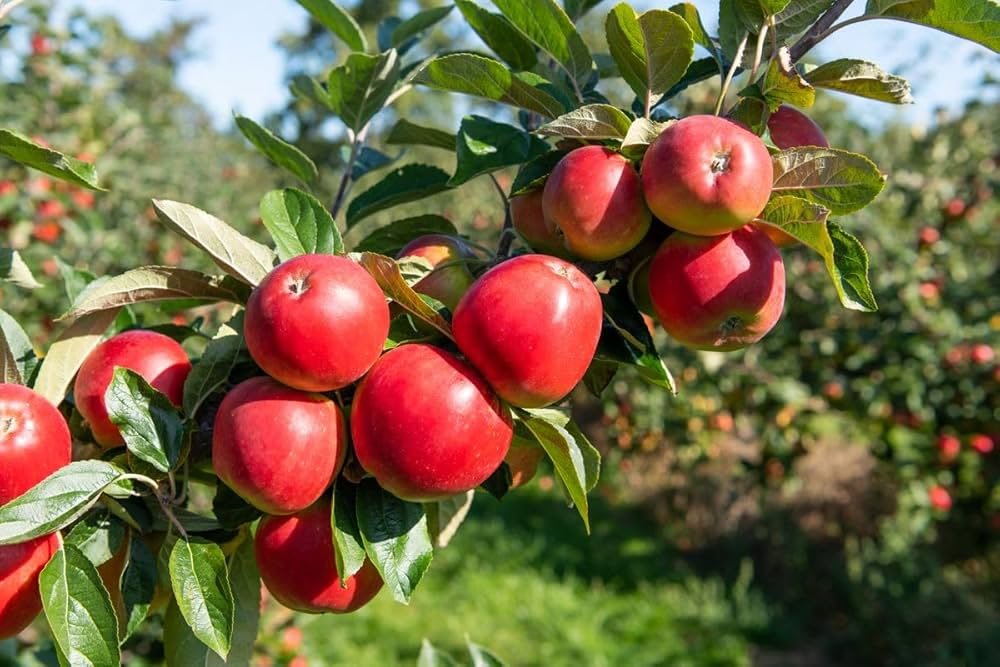
Selecting the right site is crucial for healthy growth and optimal fruit production.
1. Sunlight
- Rome apple trees require 6–8 hours of direct sunlight daily.
- Proper sunlight enhances sugar development, color, and overall fruit quality.
2. Soil
- Well-draining, loamy soil is best.
- Soil pH: 6.0–7.0.
- Improve soil fertility with compost or well-rotted manure before planting.
3. Air Circulation
- Open spaces reduce the risk of fungal diseases such as apple scab and powdery mildew.
- Avoid low areas where frost or water can accumulate, which may damage young trees.
4. Spacing
- Standard trees: 18–25 feet apart
- Semi-dwarf: 12–15 feet apart
- Dwarf: 8–10 feet apart
Correct spacing allows sunlight to reach all branches, improves airflow, and simplifies pruning and harvesting.
Planting Your Rome Apple Tree
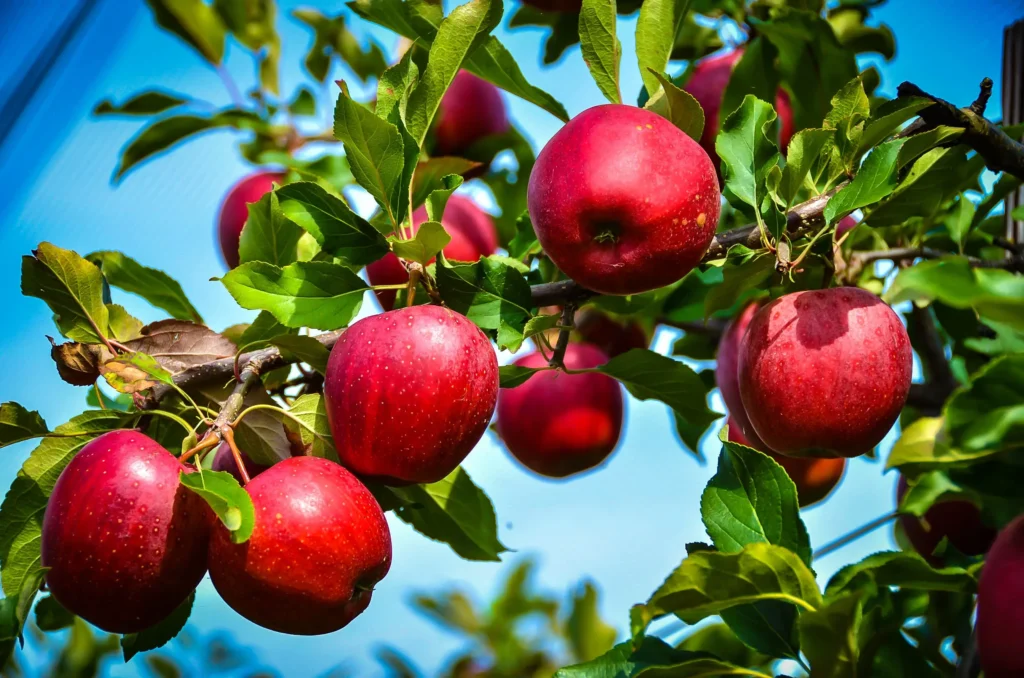
Planting properly ensures your tree establishes well and thrives for years to come.
Step 1: Digging the Hole
- Dig a hole twice the width of the root ball and slightly deeper than the roots.
- Loosen soil at the bottom to encourage root growth.
Step 2: Positioning the Tree
- Place the tree in the hole with the graft union a few inches above soil level.
- Spread roots evenly and backfill with a mix of native soil and compost.
- Firm soil gently to eliminate air pockets.
Step 3: Watering and Mulching
- Water thoroughly to settle the roots.
- Apply 2–3 inches of mulch around the base to conserve moisture and suppress weeds.
- Keep mulch a few inches away from the trunk to prevent rot.
Step 4: Staking
- Young trees may require stakes for support, especially in windy areas.
- Remove stakes after one growing season once the trunk is strong enough to stand independently.
Caring for Your Rome Apple Tree
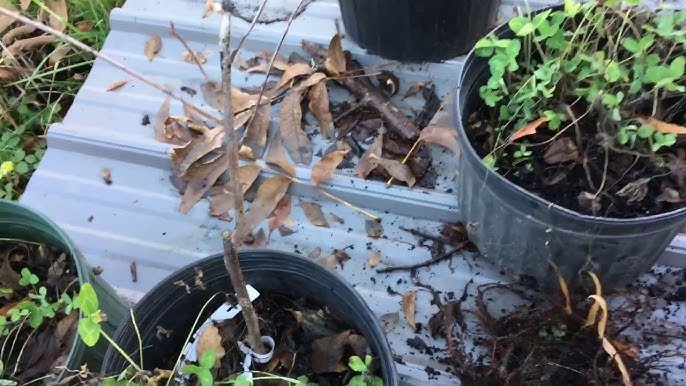
Proper care ensures healthy growth and maximum fruit production.
1. Watering
- Young trees: Water 2–3 times per week to establish roots.
- Mature trees: Deep watering once a week, more during dry spells.
- Mulch helps retain soil moisture and regulate temperature.
2. Fertilizing
- First-year trees: Light fertilization for root development.
- Second year onward: Apply balanced fertilizer (10–10–10 NPK) in early spring.
- Avoid excess nitrogen, which can cause leafy growth at the expense of fruiting.
3. Pruning
Pruning maintains tree structure, promotes airflow, and encourages fruiting.
Dormant Pruning
- Conduct in late winter before buds break.
- Remove dead, damaged, or crossing branches.
- Maintain a central leader or open-center structure.
Summer Pruning
- Optional light pruning removes vigorous shoots.
- Helps direct energy toward fruiting branches.
Pollination and Flowering
- Rome apple trees bloom in spring, producing white blossoms with a hint of pink.
- Cross-pollination with another apple variety nearby enhances fruit set.
- Bees and other pollinators are essential, so avoid pesticide application during bloom.
Pest and Disease Management
Even a kitchen garden apple tree requires monitoring for pests and diseases.
Common Pests
- Aphids
- Codling moth
- Spider mites
Common Diseases
- Apple scab
- Powdery mildew
- Fire blight
Prevention Tips:
- Prune for proper airflow and sunlight penetration.
- Remove fallen leaves and fruit to reduce fungal buildup.
- Use organic treatments like neem oil or horticultural soap if needed.
Thinning Fruit for Better Quality
- Thin fruit clusters to 1–2 apples per cluster.
- Prevents overcrowding, reduces branch stress, and ensures larger, sweeter apples.
- Sunlight can reach all fruit, resulting in uniform ripening.
Harvesting Rome Apples
- Rome apples typically ripen in late September to October, depending on local climate.
- Signs of readiness:
- Firm texture
- Deep red color with smooth skin
- Slightly sweet aroma
- Easy detachment from the branch
- Harvest carefully using scissors or gentle twisting to avoid branch damage.
- Rome apples are excellent for baking, fresh eating, or storing for later use.
Container Growing Rome Apples
- Dwarf Rome apple trees can thrive in large containers, perfect for small kitchen gardens or patios.
- Use pots 18–24 inches in diameter with drainage holes.
- Fill with nutrient-rich soil mixed with compost and perlite.
- Water frequently, as containers dry faster than in-ground trees.
- Prune to maintain size and encourage flowering and fruiting.
Additional Tips for a Thriving Kitchen Garden Orchard
- Monitor Growth: Regularly inspect for pests, diseases, and nutrient deficiencies.
- Mulch Annually: Helps retain moisture and regulate soil temperature.
- Support Young Trees: Stake them to protect against wind damage.
- Practice Patience: Rome apple trees may take 2–4 years to produce a full harvest.
- Enjoy the Process: Gardening is a journey; Rome apples reward care with delicious fruit and visual appeal.
Conclusion
Planting Rome apples in your kitchen garden is both practical and rewarding. By selecting a healthy tree, preparing the planting site properly, providing consistent watering and fertilization, and practicing good pruning and pest management, you can grow a healthy, productive apple tree that delivers fresh, crisp fruit for years.
Even in a small suburban space, a Rome apple tree adds beauty, fragrance, and flavor to your garden. With attention, patience, and proper care, you can enjoy the satisfaction of homegrown apples, perfect for baking, fresh eating, or sharing with family and friends.
Rome apples bring the taste of the orchard to your home, proving that even a small kitchen garden can yield delicious, high-quality fruit.
